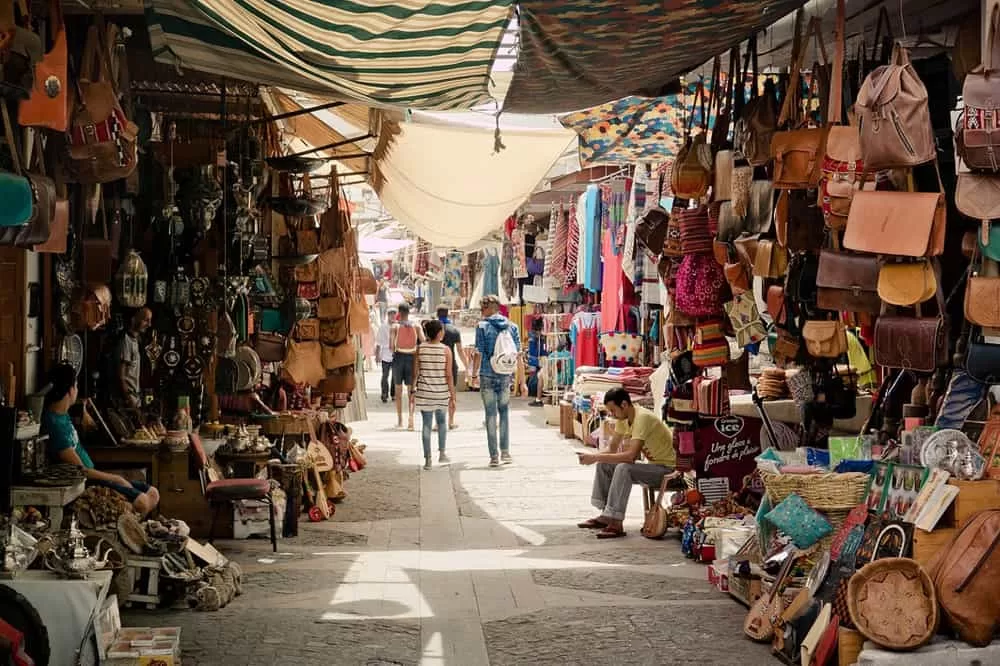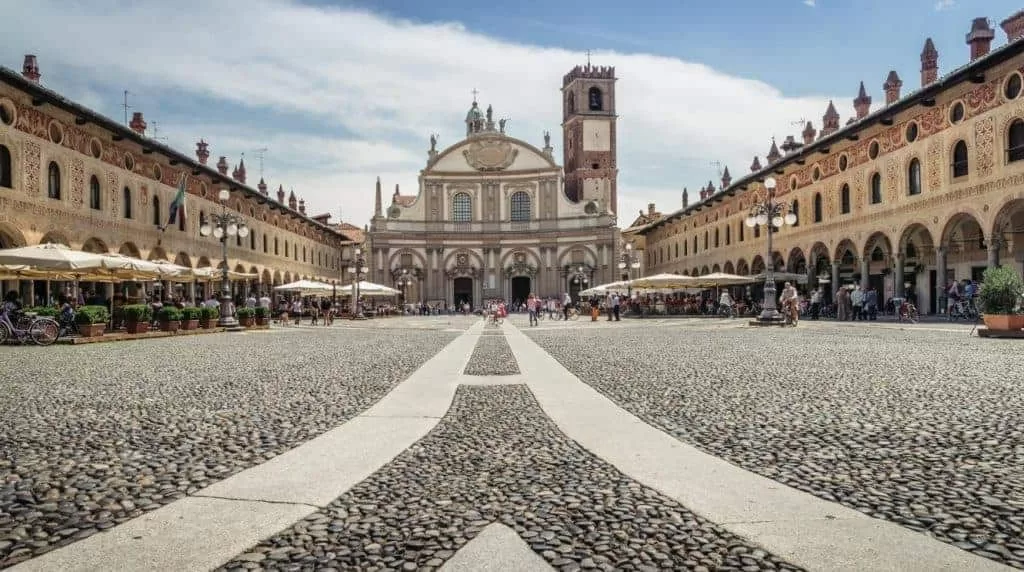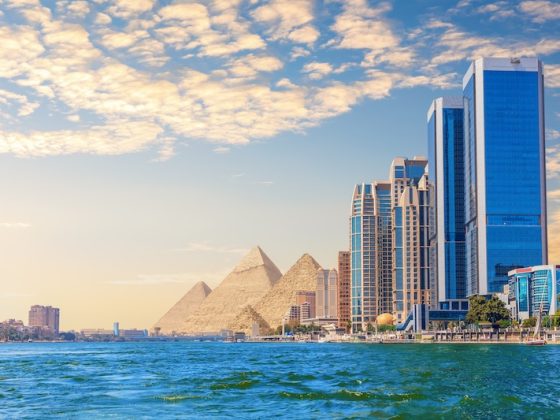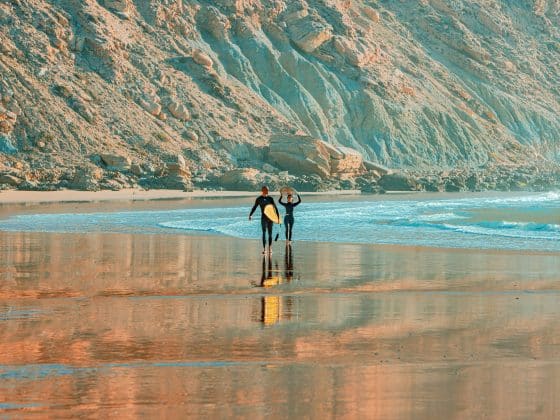Cultural Customs and Must-Try Traditions of Marrakesh
Offering an intoxicating mix of African charm and Islamic traditions, it’s no wonder Marrakesh is one of the most favored destinations to visit in North Africa. A city of history, tradition, and culture, it’s probably one of the most evocative places in the world. Truly a sight to behold, this city is a melting pot of bustling souks (markets), sandstone buildings, exotic Riads (house or palace), and architectural wonders.
Acclimating in this enchanting destination is easy. It’s not long after arrival that you’ll find yourself fully immersed in a city of echoing calls to prayer, the hum of haggling voices, and the enticing, aromatic smells of Moroccan food. In the early evening it’s all topped off with a spectacular rose-colored sky. This place is a whirlwind of color and noise.
It’s impossible not to be drawn in by this city’s magical effect, and generally Marrakesh and its people are friendly and welcoming. However, if you are unfamiliar with Muslim tradition and culture, you’d be wise to brush up. There are a whole host of customs and traditions that can easily pass you by, and in some cases ignorance may cause you unnecessary grief.
We’ve put together some of the common and lesser known customs and must-try traditions to make your stay in this desert oasis the experience of a lifetime.
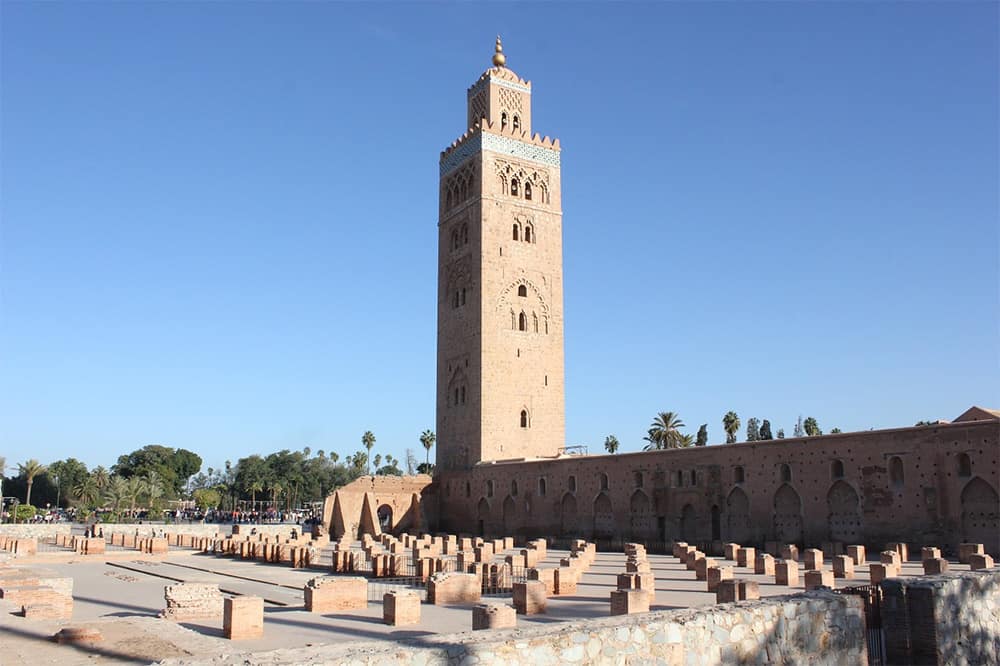
Cultural Customs
You don’t have to lose your identity when you are indulging in a completely new cultural experience, but you’d be wise to pay a respectful nod to local traditions and customs. Here’s a heads-up.
Photographs – When taking photos of local people, always ask permission. To not do so may cause offense. Many local people believe photos capture their soul. Also, don’t be tempted to take photos of the monkeys or snake charmers in the main square, unless you are willing to pay a hefty price for the privilege.
Shoes – Never show the bottom of your shoe to anyone. It’s a negative greeting. Also, should you befriend any locals and get invited to their home, always remove shoes before entering the house.
Mosques – Don’t expect to visit any mosques (unless they are ruins). Mosques are very holy places that only Muslims are allowed to enter.
Clothing – The Muslim faith dictates that women cover themselves so they don’t show bare flesh. Many local women wear kaftans and a Hijab (headscarf). Although locals in Marrakesh are used to Western tourists, some are less friendly towards Western clothing. Scarves are a sensible addition to any traveling woman’s wardrobe here. Covered shoes are advisable in the Old Medina.
It’s advisable for women to keep covered with lightweight fabrics. Moroccan men are not used to seeing women walking around showing bare flesh. If you are scantily clad, expect to be stared at and even shouted at. It’s advisable to follow a few basic rules out of respect. Cover cleavage, shoulders, and knees. It’s OK to not cover hair, hands, face, and feet. Stick to modest clothing and you won’t attract unwanted attention.
Keep to the right – When wandering around the Medina and the souks, keep to the right. It’s a Muslim tradition.
Local saying – You’ll hear “Enshallah” a lot. It means “God willing” or “God wills.”
Useful phrases – “Shukran” (thank you) and “la shukran” (no thank you), pronounced “shokran.” Hello is “salam alaikum.” It also means “peace be with you.”
Hassling and haggling – You will be hassled. Shop and stall owners will see you as potential buyers for their richly woven rugs, exotic slippers, and Moroccan spices. Don’t let it put you off wandering around the souks. Decline firmly if you’re not interested. You’ll be expected to haggle, but stick to a maximum price you are prepared to pay. You’ll often get the offer as you walk away.
Must-Try Traditions
Food – Morocco is home to one of the greatest cuisines of the world. Combining mouthwatering flavors, there is so much Moroccan cuisine you really should try. Here’s a roundup of the best bits.
- B’ssara – a simple broad bean soup, traditionally served for breakfast.
- Tagine – a traditional clay pot used to cook a myriad of dishes. Used everywhere from top notch restaurants to roadside cafés.
- Chermoula – a combination of herbs and spices used to marinade fish before grilling. Also a dipping sauce.
- Harira – a lamb, tomato, and lentil soup served after sunset during the holy month of Ramadan.
- Couscous – a fine wheat semolina served like rice with stews of meat and vegetables. It is often garnished with a sweet raisin preserve or with a bowl of buttermilk.
- Zaalouk – a smoked aubergine dip. Often served with other vegetables and breads as a starter.
- B’stilla – a pie made from thin layers of pastry, pigeon meat, almonds, and eggs. Spiced with saffron.
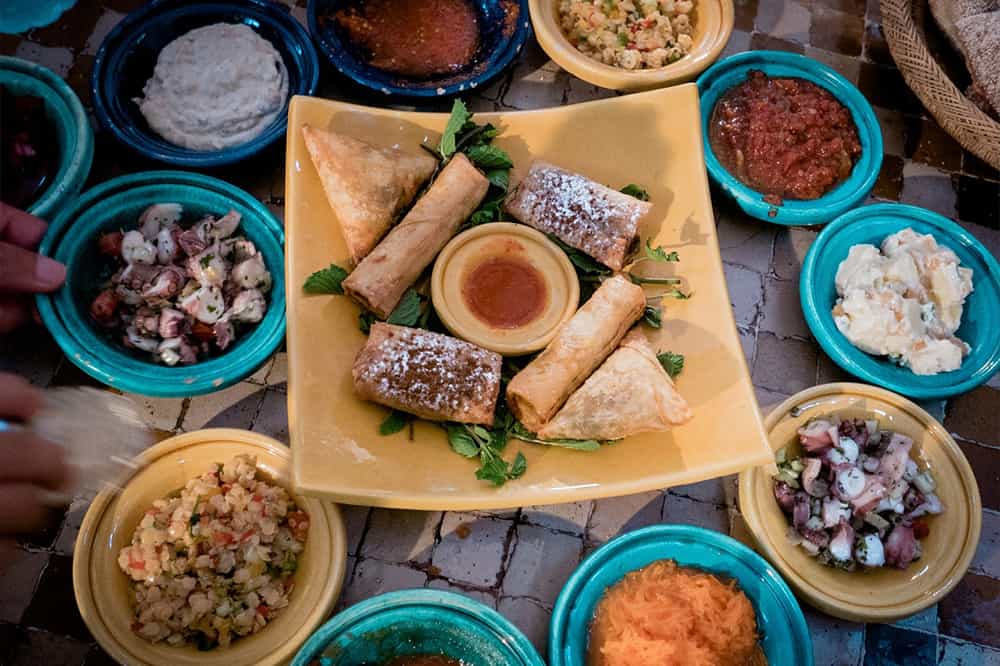
Mint tea – It’s the drink of choice in Marrakesh, and sometimes referred to as “Moroccan whiskey.” Made with green tea and mint, and brewed with lots of sugar in small silver or enamel plated teapots, it’s poured from a great height into a small glass. It’s the lifeblood of the country. Get used to it, it’s everywhere. Mint tea in Morocco is not just a refreshment, it’s a part of Moroccan hospitality.
Public baths – The hammam (steam room) or public bath is an integral part of Moroccan life. In Marrakesh there are many. They are an incredibly important part of Moroccan culture. Men, women, and children will visit their local hammam at least once a week. There are more touristy spas, where men and women can go together, but authentic hammams will have separate days of the week for males and females.
Djellabas and kaftans – A traditional Moroccan dress for both men and women, this long hooded garment provides protection from both the weather and dirt of the street, and it gives shade from the midday sun. Without a hood, the garment is known as a kaftan. Men tend to wear neutral colors, while women can be seen in all sorts of bright colors. It can be used at home for a dressing gown and can make for an exotic gift.
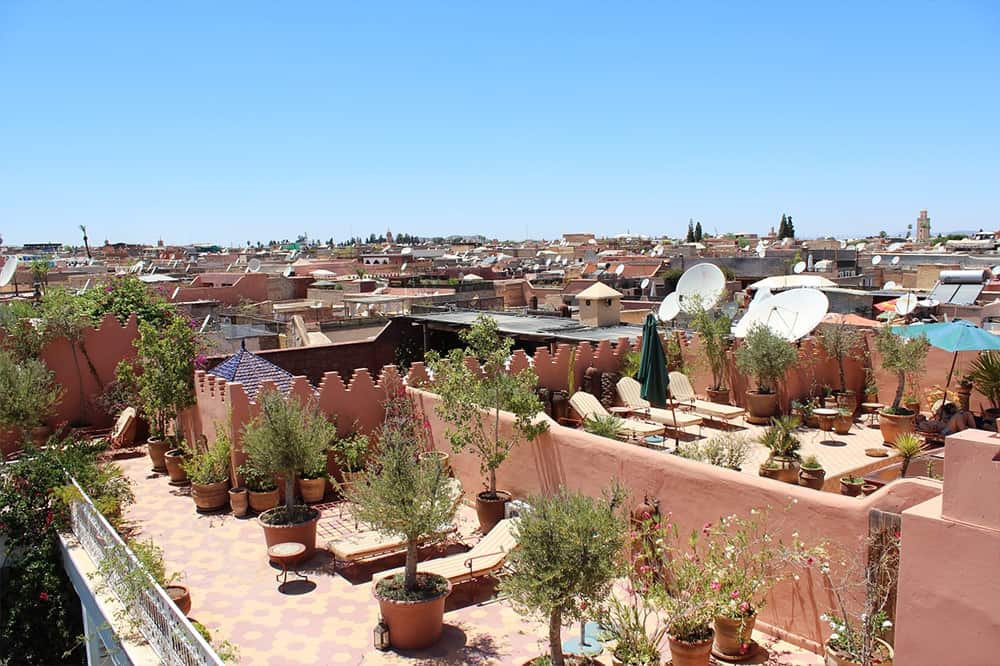
Don’t be put off by custom and tradition. With a little respect, you can still be curious and enjoy everything Marrakesh has to offer.
I hope you enjoyed reading: Cultural Customs and Must-Try Traditions of Marrakesh. If you would like additonal information about moving to Morocco or any other country, please contact our office HERE. I’ve also added in some articles that I’m pretty sure you will love! Enjoy!
How to Stay Safe While You Travel
Getting Full Tax Benefits Before Retirement Abroad
The 3 M’s – Mom, Mohammed, & Morocco
Contact Author
"*" indicates required fields
Stay Ahead on Every Adventure!
Stay updated with the World News on Escape Artist. Get all the travel news, international destinations, expat living, moving abroad, Lifestyle Tips, and digital nomad opportunities. Your next journey starts here—don’t miss a moment! Subscribe Now!
